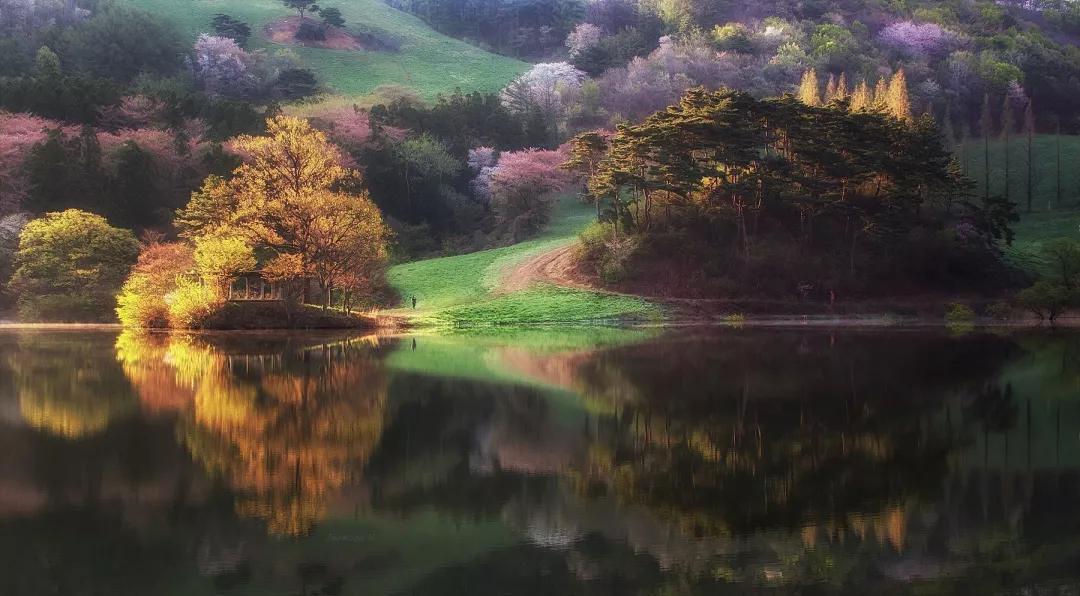Photographing reflections can create amazing compositions, but they are often more difficult than you think. Today I will share 10 tips for reflection shooting, hoping to inspire everyone to create more inspiration and take satisfactory photos!
1. Find the interface
In addition to water surfaces, glass surfaces, shiny car bodies, ice surfaces, or items such as sunglasses can all be excellent reflection photography interfaces. Such an interface can be seen everywhere, as long as you look for it carefully, you will always have a different harvest.


2. Arranging subject
The subject is equivalent to a visual point, which makes the picture more artistic. A bird, a boat, or a tree can be used.


3. Vanishing point
Through the contrast between near and far, it is more eye-catching to arrange the subject at the vanishing point.


4. Contrast between fiction and reality
When shooting, apply a slow door to make the water surface more unreal.


5. Lens tension
With wide-angle framing, the scene near the edge of the lens is enlarged, thereby increasing the visual impact of the picture.


6. Prospect
The foreground can explain the positional relationship of the scenery, so as to make the picture more layered.

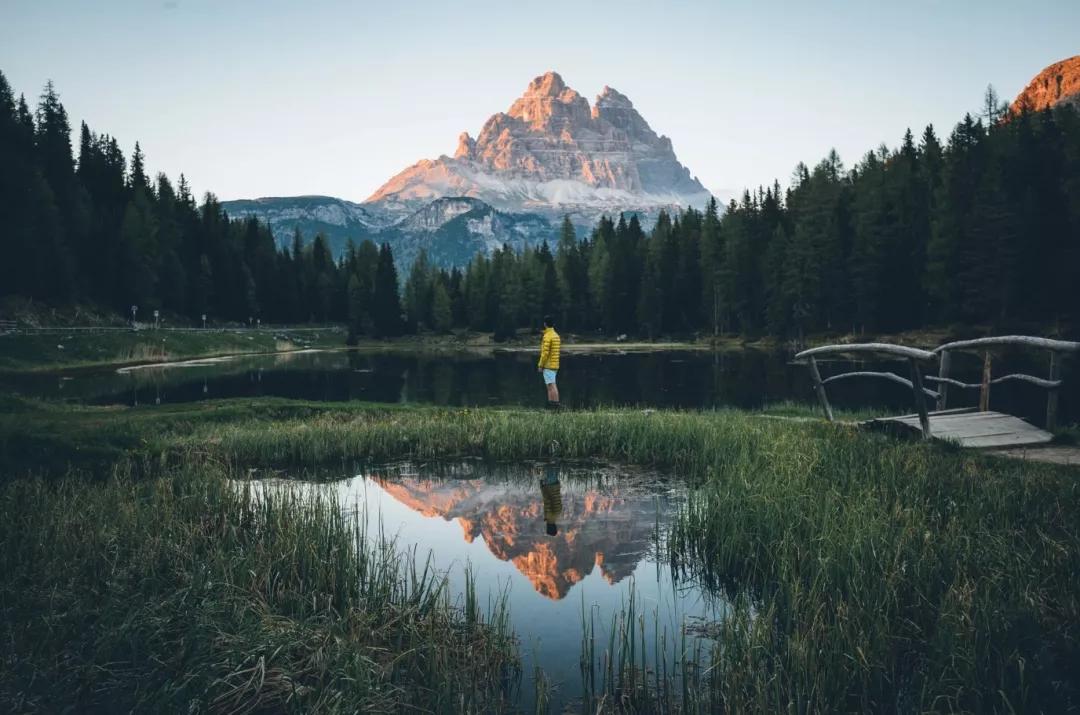
7. Backlight silhouette
When the environment is cluttered and the colors are too overwhelming, silhouettes are a simple and powerful way to shoot.
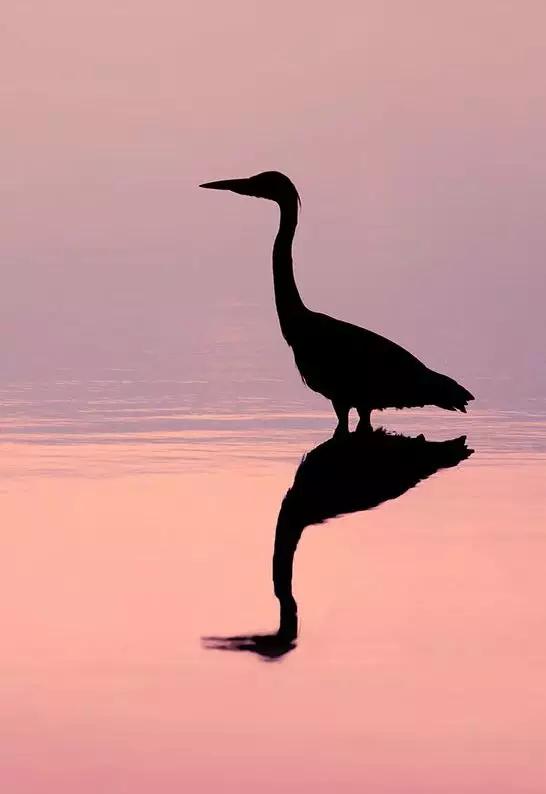

8. The main body is concise
It is very important to do subtraction when composing, especially for beginners.
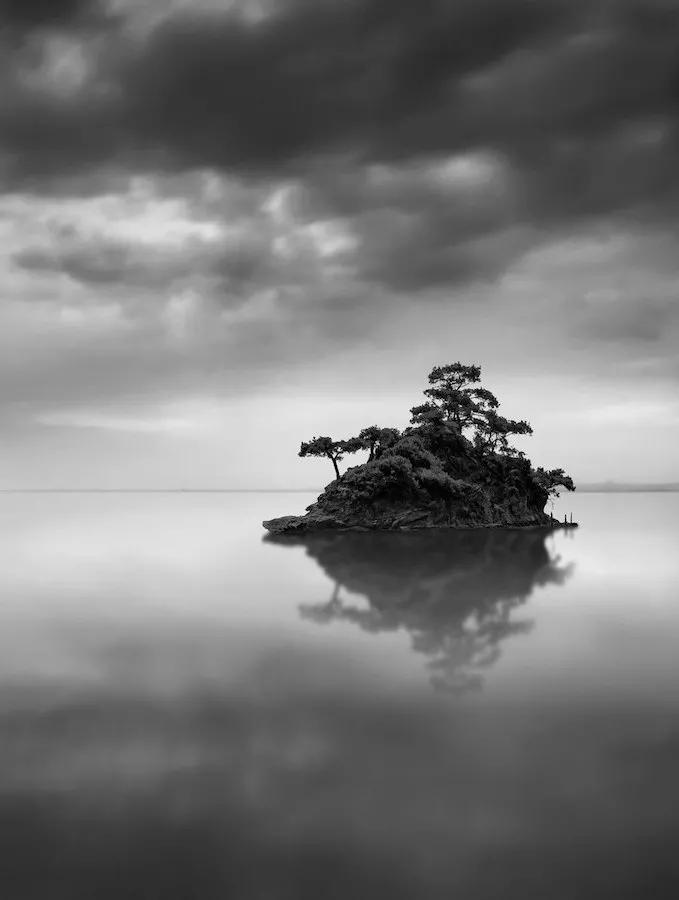
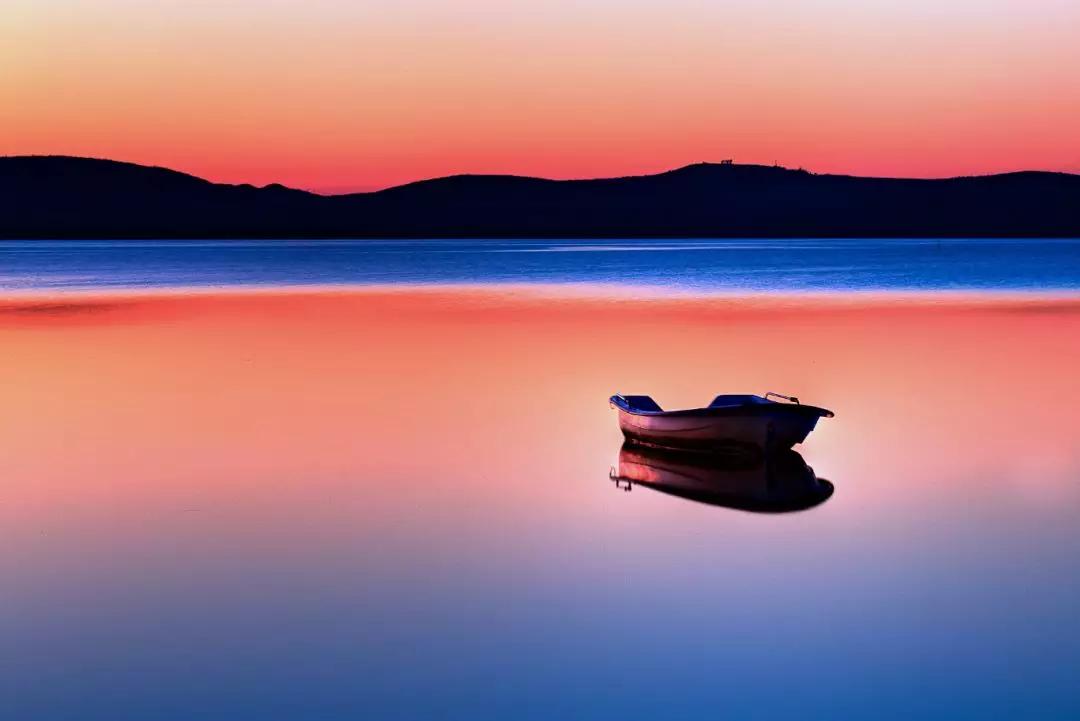
9. Interesting space
What is left blank is a kind of artistic conception, and if the environment is too clear, it will destroy the beauty of this artistic conception.
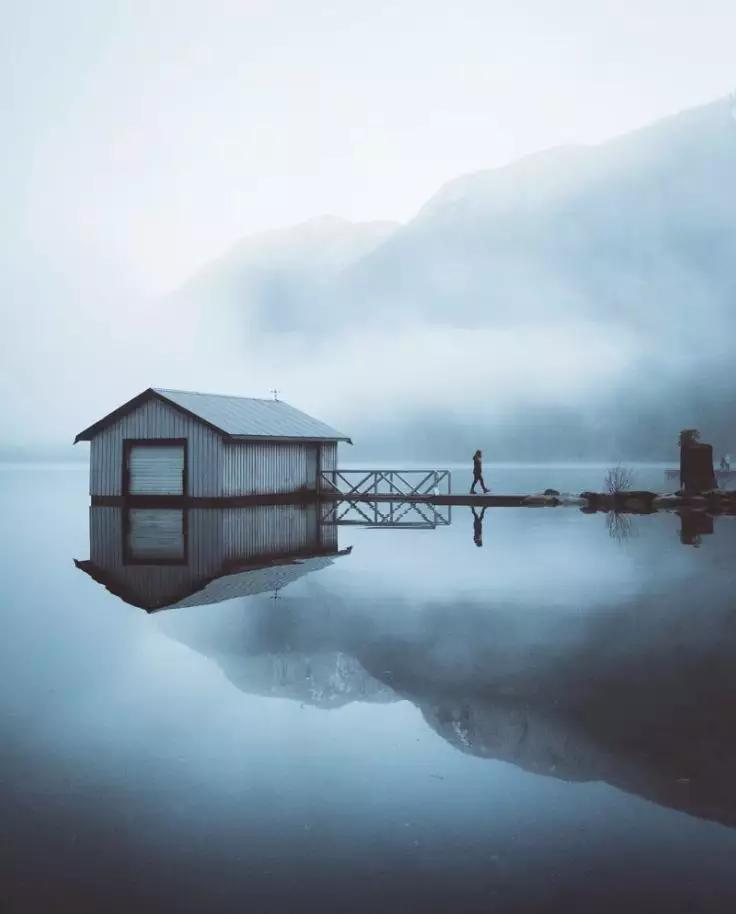

10. Wait for the light
When the light is blocked by mountains, forests, and clouds, it is very likely to form a narrow light. When shooting with narrow light, the picture will become very vivid.

